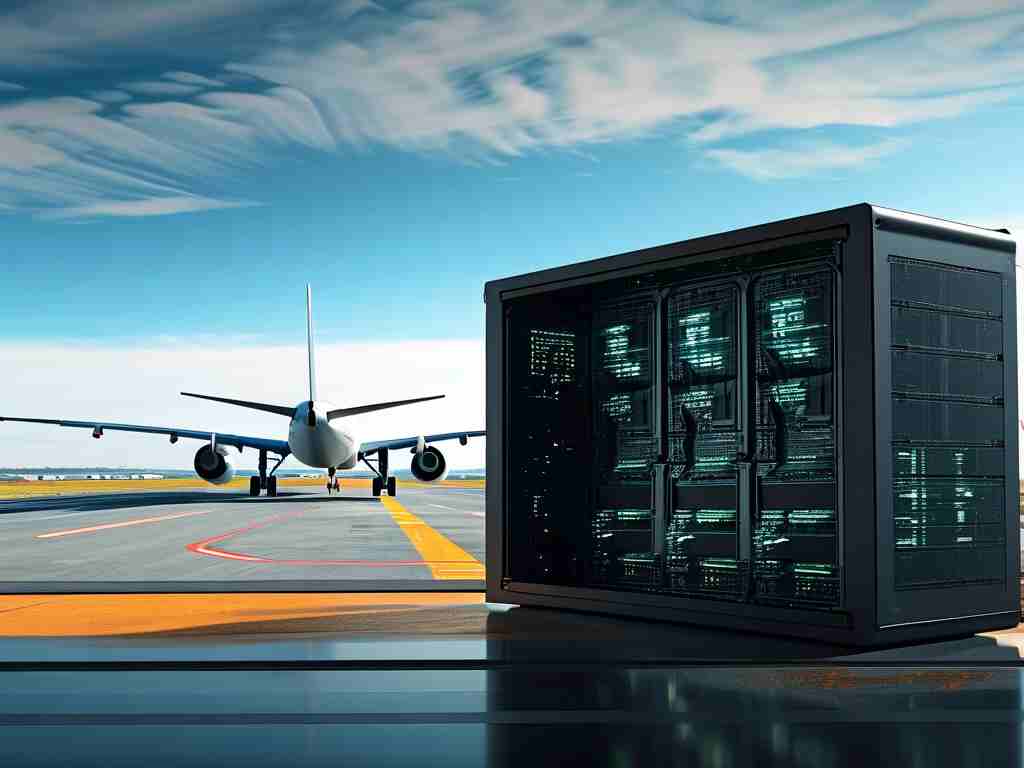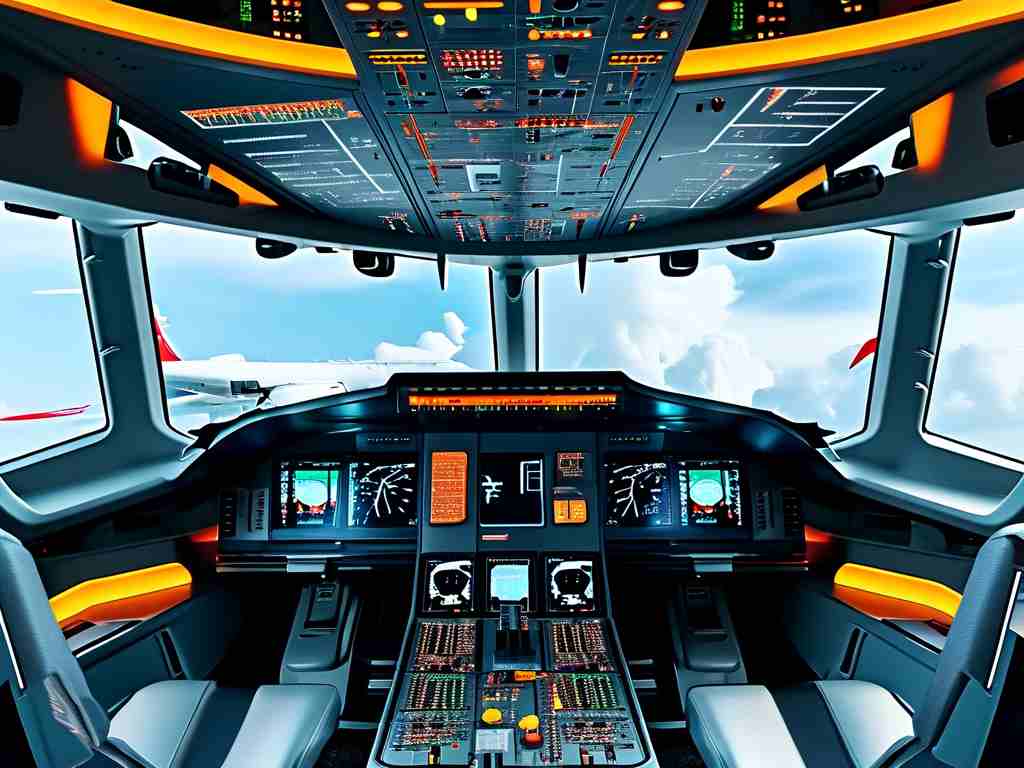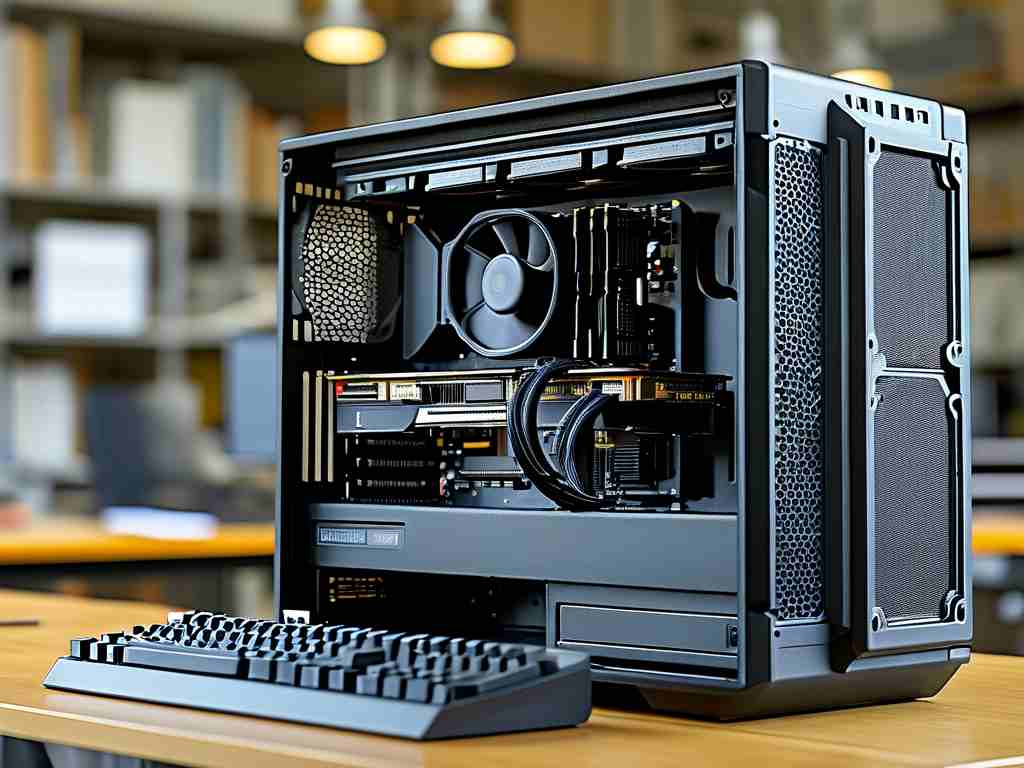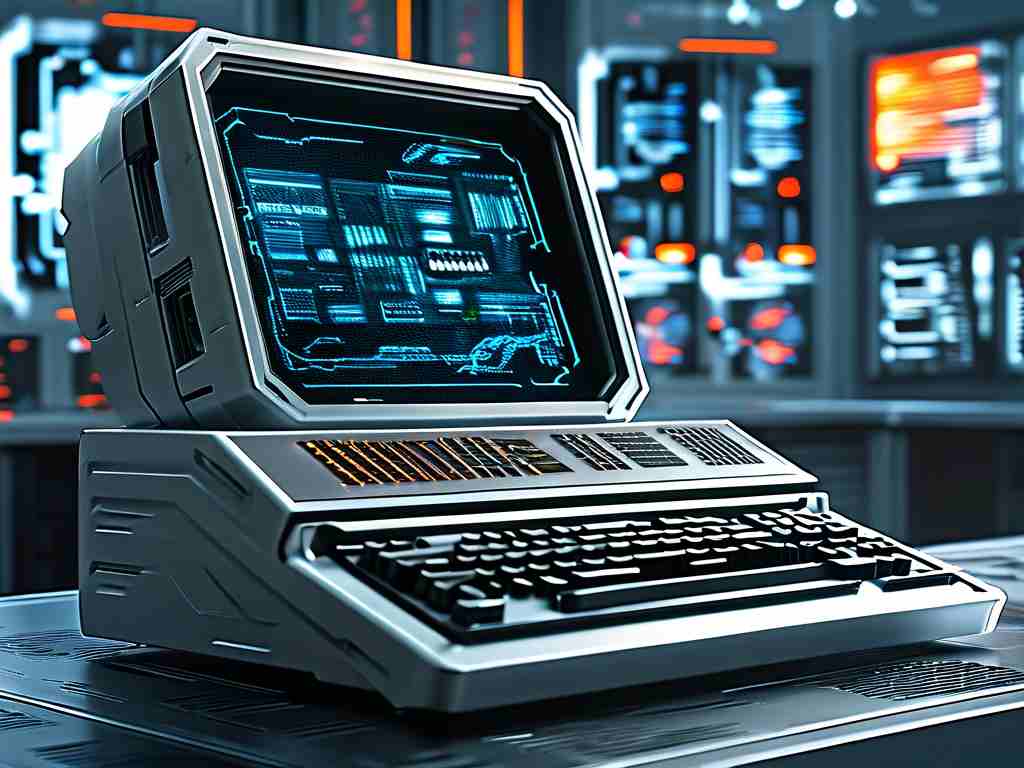In modern aviation, the role of onboard computers is critical for ensuring safety, navigation, and operational efficiency. A frequently debated topic among engineers and aviation experts is determining the appropriate memory capacity for these systems. Unlike consumer electronics, aircraft computers require a careful balance between performance, reliability, and environmental adaptability. This article explores the factors influencing memory requirements and provides actionable insights for optimizing avionics systems.
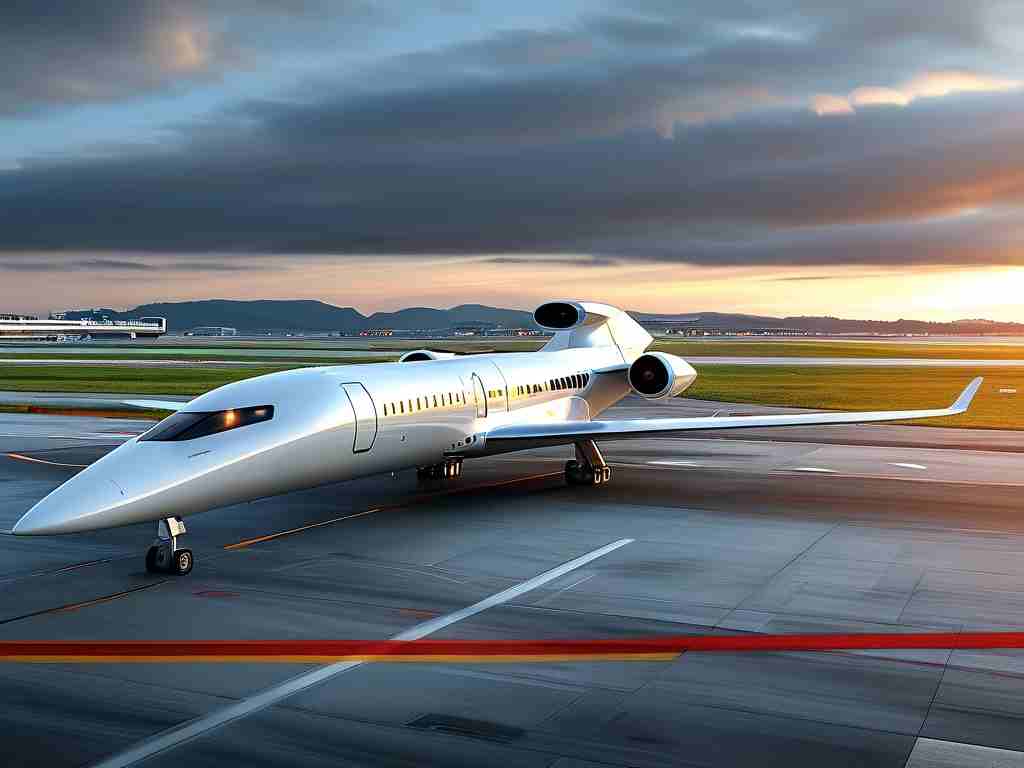
The Role of Memory in Aircraft Computers
Aircraft computers, often referred to as avionics systems, handle tasks ranging from flight control and engine management to communication and data logging. These systems rely on memory to store both temporary operational data (volatile memory) and long-term software configurations (non-volatile memory). For instance, a flight management system (FMS) processes real-time data from sensors, which demands high-speed access to volatile memory like SRAM or DRAM. Conversely, firmware updates or navigation databases are stored in non-volatile memory such as flash storage.
The complexity of modern aircraft—such as commercial airliners with integrated in-flight entertainment or military jets with advanced radar systems—directly impacts memory needs. A Boeing 787 Dreamliner, for example, uses approximately 7 million lines of code across its systems, requiring robust memory allocation to ensure seamless operation.
Key Factors Influencing Memory Requirements
-
Real-Time Processing Demands
Avionics systems must process data in real time to maintain flight stability and safety. Systems like fly-by-wire controls cannot tolerate latency, necessitating low-latency memory modules. For such applications, 8–16 GB of dedicated RAM is typical, though this varies based on the aircraft’s size and mission profile. -
Redundancy and Reliability
Aviation standards mandate redundant systems to prevent single points of failure. This means critical computers often duplicate memory modules. For example, the Airbus A350 employs triple-redundant computing boards, each with independent memory banks. Redundancy can double or triple baseline memory requirements. -
Environmental Considerations
Aircraft operate in extreme conditions, from -50°C at high altitudes to vibrations during takeoff. Memory hardware must adhere to stringent certifications like DO-160G, which governs environmental testing. Ruggedized memory with error-correcting code (ECC) is common, adding overhead but ensuring data integrity. -
Future-Proofing and Upgrades
Avionics systems have lifespans exceeding 30 years. Memory capacity must accommodate future software updates or regulatory changes. Many manufacturers allocate 20–30% extra memory headroom during initial design phases.
Case Study: Military vs. Commercial Needs
Military aircraft, such as the F-35 Lightning II, prioritize mission-critical computations over passenger comfort. Their computers integrate radar, targeting, and electronic warfare systems, often requiring 32–64 GB of high-bandwidth memory. In contrast, a commercial Airbus A320 focuses on flight efficiency and passenger systems, typically utilizing 16–24 GB.
Unmanned aerial vehicles (UAVs) present a unique case. A Predator drone’s computer might use only 4–8 GB of memory but emphasizes lightweight, low-power components to extend flight duration.
Emerging Trends and Challenges
The rise of artificial intelligence (AI) in aviation—such as predictive maintenance or autonomous taxiing—is pushing memory demands higher. Machine learning algorithms require rapid access to large datasets, prompting adoption of NVMe storage and DDR5 RAM in next-gen systems.
However, challenges persist. Increasing memory density can introduce thermal management issues, while cybersecurity concerns necessitate hardware-based encryption, consuming additional resources.
Practical Recommendations
For most commercial aircraft, 16–32 GB of volatile memory and 512 GB–1 TB of non-volatile storage strike a balance between cost and capability. Military platforms may require 64–128 GB with radiation-hardened components. Designers should also prioritize modular architectures to facilitate upgrades without overhauling entire systems.
In summary, selecting memory for aircraft computers involves navigating technical, regulatory, and operational constraints. By aligning specifications with mission requirements and anticipating future needs, engineers can ensure both safety and scalability.


